Items Similar to Japanese Woodblock Gakutei by Harunobu Sugawara-2
Want more images or videos?
Request additional images or videos from the seller
1 of 9
Japanese Woodblock Gakutei by Harunobu Sugawara-2
$1,745
£1,337.33
€1,537.03
CA$2,450.94
A$2,743.05
CHF 1,435.89
MX$33,323.11
NOK 18,232.15
SEK 17,205.15
DKK 11,468.93
About the Item
Japanese Woodblock Gakutei (1786-1868) by Harunobu Sugawara, original and unframed.
About the artist
Born in Edo as Harunobu Sugawara, Gakutei Yashima studied printmaking under Shuei and Hokkei. He moved to Osaka in the 1830s, where he designed landscape studies of his new home with a delicate and decorative style likely influenced by Hokusai. In addition to printmaking, he wrote Kyoka (comic poems), often illustrating these verses in his prints. While a talented woodblock artist, Gakutei was also known throughout Japan as a writer. He translated and illustrated the 16th-century Chinese novel Journey to the West.
Gakutei’s oeuvre consists primarily of a surimono. These deluxe, limited-edition prints blend the rich visual imagery of ukiyo-e with the ethereal art of poetry. These works were privately commissioned by poetry societies and prosperous patrons of the arts, often in celebration of the New Year, poetry competitions, and other special occasions. Most were printed with a light verse or clever aphorism and employed the most lavish printing techniques. These marvels of woodblock printing employed the finest handmade papers with generous use of gold, silver, bronze, mica, embossing, and lacquer.
- Dimensions:Height: 8.5 in (21.59 cm)Width: 7.25 in (18.42 cm)Depth: 0.15 in (3.81 mm)
- Materials and Techniques:
- Place of Origin:
- Period:
- Date of Manufacture:1800s
- Condition:Wear consistent with age and use.
- Seller Location:Norton, MA
- Reference Number:1stDibs: LU5848233607102
About the Seller
5.0
Platinum Seller
Premium sellers with a 4.7+ rating and 24-hour response times
Established in 2000
1stDibs seller since 2021
116 sales on 1stDibs
Typical response time: <1 hour
- ShippingRetrieving quote...Shipping from: Norton, MA
- Return Policy
Authenticity Guarantee
In the unlikely event there’s an issue with an item’s authenticity, contact us within 1 year for a full refund. DetailsMoney-Back Guarantee
If your item is not as described, is damaged in transit, or does not arrive, contact us within 7 days for a full refund. Details24-Hour Cancellation
You have a 24-hour grace period in which to reconsider your purchase, with no questions asked.Vetted Professional Sellers
Our world-class sellers must adhere to strict standards for service and quality, maintaining the integrity of our listings.Price-Match Guarantee
If you find that a seller listed the same item for a lower price elsewhere, we’ll match it.Trusted Global Delivery
Our best-in-class carrier network provides specialized shipping options worldwide, including custom delivery.More From This Seller
View AllJapanese Woodblock Print by Eizan Kikugawa, 菊川英山
Located in Norton, MA
Japanese Woodblock Print by Eizan Kikugawa,???? (1787~1867)
ABOUT THE ARTIST
A native of Edo, Eizan Kikugawa was born as Toshinobu Omiya in 1787. He began his artistic career s...
Category
Antique Early 19th Century Japanese Prints
Materials
Paper
Japanese Woodblock Print by Keisai Eisen 渓斎 英泉
Located in Norton, MA
Japanese Woodblock Print by Keisai Eisen ?? ?? (1790~1848), original and unframed.
ABOUT THE ARTIST
Keisai Eisen (?? ??, 1790–1848) was a Japanese u...
Category
Antique Early 19th Century Japanese Prints
Materials
Paper
Japanese Woodblock Gakutei by Yashima Gakutei (1786-1868)
Located in Norton, MA
Japanese Woodblock Gakutei (1786-1868) by Harunobu Sugawara, original and unframed.
ABOUT THE ARTIST
Yashima Gakutei (1786-1868)
Born in Edo as Harunobu Sugawara, Gakutei Yashima studied printmaking under Shuei and Hokkei. He moved to Osaka in the 1830s, where he designed landscape studies of his new home with a delicate and decorative style likely influenced by Hokusai. In addition to printmaking, he wrote kyoka (comic poems), often illustrating these verses in his prints. While a talented woodblock artist, Gakutei was also known throughout Japan as a writer. He translated and illustrated the 16th century Chinese novel Journey to the West.
Gakutei Yashima’s oeuvre consists primarily of surimono. These deluxe, limited-edition prints blend the rich visual imagery of ukiyo-e with the ethereal art...
Category
Antique Early 19th Century Japanese Prints
Materials
Paper
Antique Japanese Woodblock Print by Keisai Eisen 渓斎 英泉 Ric, J008
Located in Norton, MA
Antique Japanese Woodblock Print by Keisai Eisen 渓斎 英泉 (1790~1848), original and framed.
Dimension: with frame, 18.5" x 23.75"
without frame, 10.5" x 14...
Category
Antique Early 19th Century Japanese Prints
Materials
Paper
Japanese Woodblock Print by Okumura Masanobu '奥村政信'
Located in Norton, MA
Okumura Masanobu (????) (artist late 1680s - early 1760s)
Signed: Hogetsudo shomei Okumura Bunkaku Masanobu shohitsu
?????????????
Artist's seal: Tanchosai
ABOUT THE ARTIST
Okumura Masanobu (????) (artist late 1680s - early 1760s)
ALTERNATE NAMES:
Baio (go - ??)
Bunkaku (go - ??)
Chikatai (family name)
Gempachi (nickname - ??)
Genroku (nickname - ??)
Hogetsudo (go - ???)
Masanobu (go - ??)
Shidoken (go - ???)
Tanchosai (go - ???)
Okumura Shinmyo (family name - ????)
BIOGRAPHY:
Common name: Genpachi (Genpachiro); go Shinmyo (from 1707), Baio (from 1707), Hogetsudo (from Genbun era, 1736-41), Tanchosai and Bunkaku (both from Enkyo era [?], 1744-8). Ukiyo-e painter, print artist and innovative print publisher, also author and illustrator early in his career. Studied haikai poetry under Tachiba (Shogetsudo) Fukaku (Sen'o, 1662-1753). Said to have been influenced by the work of Moronobu. and Kiyonobu., and his earliest dated work is a copy of Kiyonobu I's Illustrated Book of Courtesans of 1700. published by Kurihara Choemon in the eighth month of 170a. From 1703 to 1711 he designed illustrations for at least 22 ukiyo-zoshi novels and puppet theatre playbooks, notably three works also written by him that parodied Tale of Genji. In the Hoei and Shotoku eras (1704-16) Masanobu designed o-oban prints of beautiful women, horizontal oban sumizuri-e 'parody pictures' (mitat-e) and actor prints...
Category
Antique Mid-18th Century Japanese Prints
Materials
Paper
Antique Japanese Woodblock Print by Utagawa Toyokuni III, 三代歌川豊国
By Utagawa Toyokuni
Located in Norton, MA
Unusual Japanese Woodblock Print by Utagawa Toyokuni I (1769~1852), depicting a man in his traditional dress and his right hand holding a young girl, origin...
Category
Antique Mid-19th Century Japanese Prints
Materials
Paper
You May Also Like
Antique Japanese Woodblock - Utagawa Kunisada I (Honjo, Edo 1786-1865 Edo)
Located in Amsterdam, Noord Holland
Utagawa Kunisada I (Honjo, Edo 1786-1865 Edo),
Diptych,
Ichikawa Danjuro as Kudo Saemon
Provenance: From the collection of Clemens Merkelbach van Enkhuizen, A well known Dutch pain...
Category
Antique 19th Century Chinese Meiji Paintings and Screens
Materials
Bronze
$1,657 Sale Price
20% Off
Antique Japanese Woodblock by Utagawa Kunisada I, 19th Century
Located in Amsterdam, Noord Holland
Utagawa Kunisada I (Honjo, Edo 1786-1865 Edo)
Ichikawa Danjuro as Kudo Saemon
Provenance: From the collection of Clemens Merkelbach van Enkhuizen, A well known Dutch painter and art...
Category
Antique 19th Century Japanese Edo Paintings
Materials
Paper
Antique Japanese Woodblock by Utagawa Kunisada I, 19th C
Located in Amsterdam, Noord Holland
Utagawa Kunisada I (Honjo, Edo 1786-1865 Edo),
Diptych, The actors Matsumoto Koshiro as Wakasanosuke and Ichikawa Danjuro as Moronoo, signed: Toyokuni ga, publisher; Kawaguchina Uhei...
Category
Antique 19th Century Japanese Edo Paintings
Materials
Paper
Japanese Art Yoshitoshi Tsukioka Woodblock print [No6 Yugao Yusuzumi] Ukiyoe
Located in Niiza, JP
Print size: 225 x 330 mm
Sheet size: 270 x 390 mm
"Tsuki Hyakushi Masterpiece Collection “『月百姿傑作撰集』 is a compilation of selected masterpieces
from ”Tsuki Hyakushi"『月百姿』 a masterpi...
Category
20th Century Japanese Prints
Materials
Paper
Ryusai Shigeharu, 'Matsumoto Kinsho II', Woodblock Print, Japan, Circa 1840
Located in Chatham, ON
Ryusai Shigeharu (????/???? 1802–1853) - 'Matsumoto Kinsho II' (Japanese Kabuki Actor) - Antique woodblock print - single print (not part of a ...
Category
Antique Mid-19th Century Japanese Prints
Materials
Paper
Japanese Color Woodblock Print by Toyohara Chikanobu
By Toyohara Chikanobu
Located in New York, NY
This Meiji-period color woodblock by Toyohara Chikanobu (1838-1912) depicts three elegant female courtiers in traditional dress taking refreshments. Th...
Category
Antique Late 19th Century Japanese Meiji Prints
Materials
Paper
More Ways To Browse
Japan Hand Painted China
Antique Hand Painted Japanese China
16th Century Japanese
Chinese Woodblock
Chinese Woodblock Print
Antique Bronze Mica
Okinawa Furniture
Japanese Woodblock Book
Japanese Woodblock Print Blue
Wood Block Print
Asian Diptych
The Eye By Kiyoshi Saito
Japanese Woodblock Triptych
Japanese Woodblock Couple
Saito Wood Print
Kyoto Saito
Tanaka Ryohei
Colonial Antique Singapore
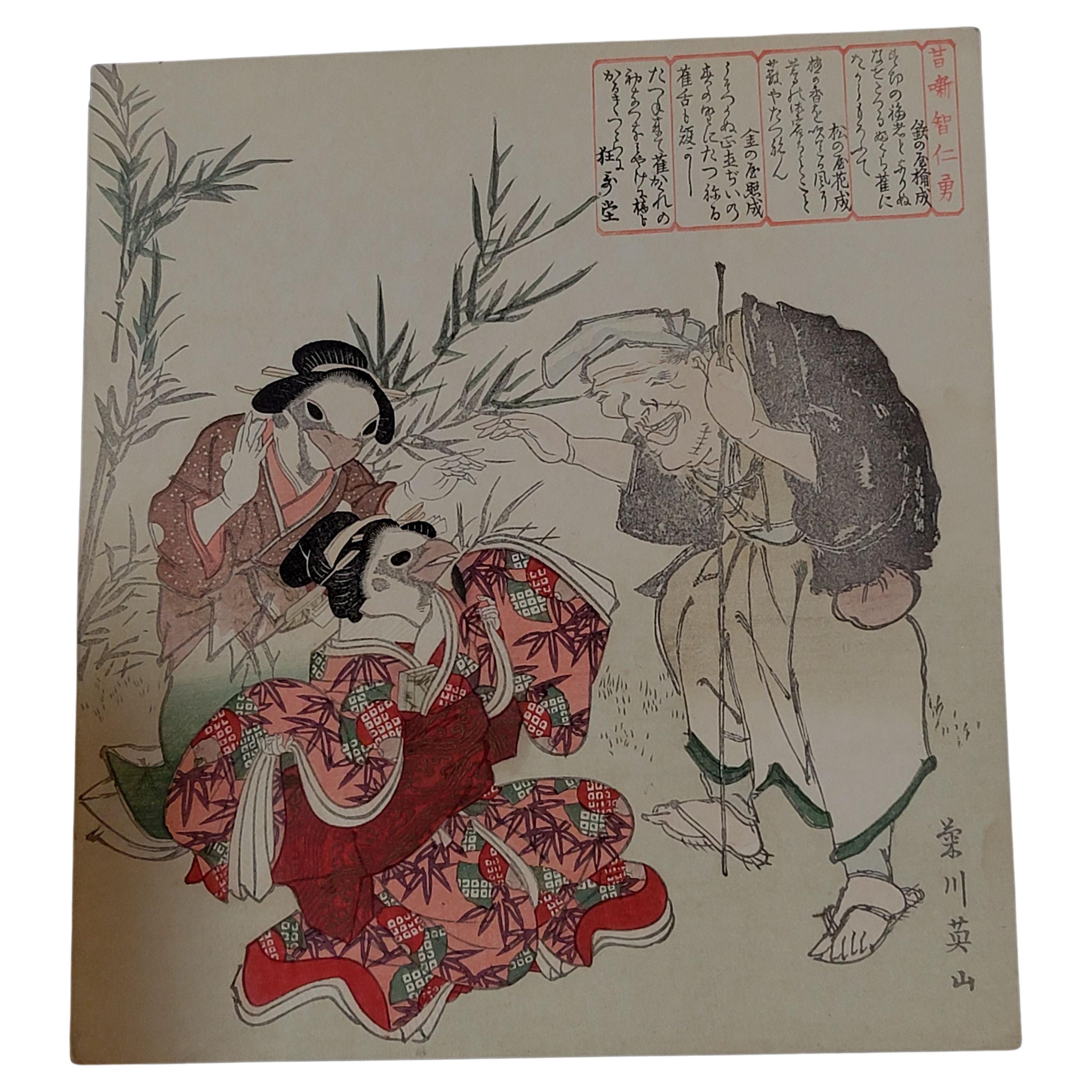
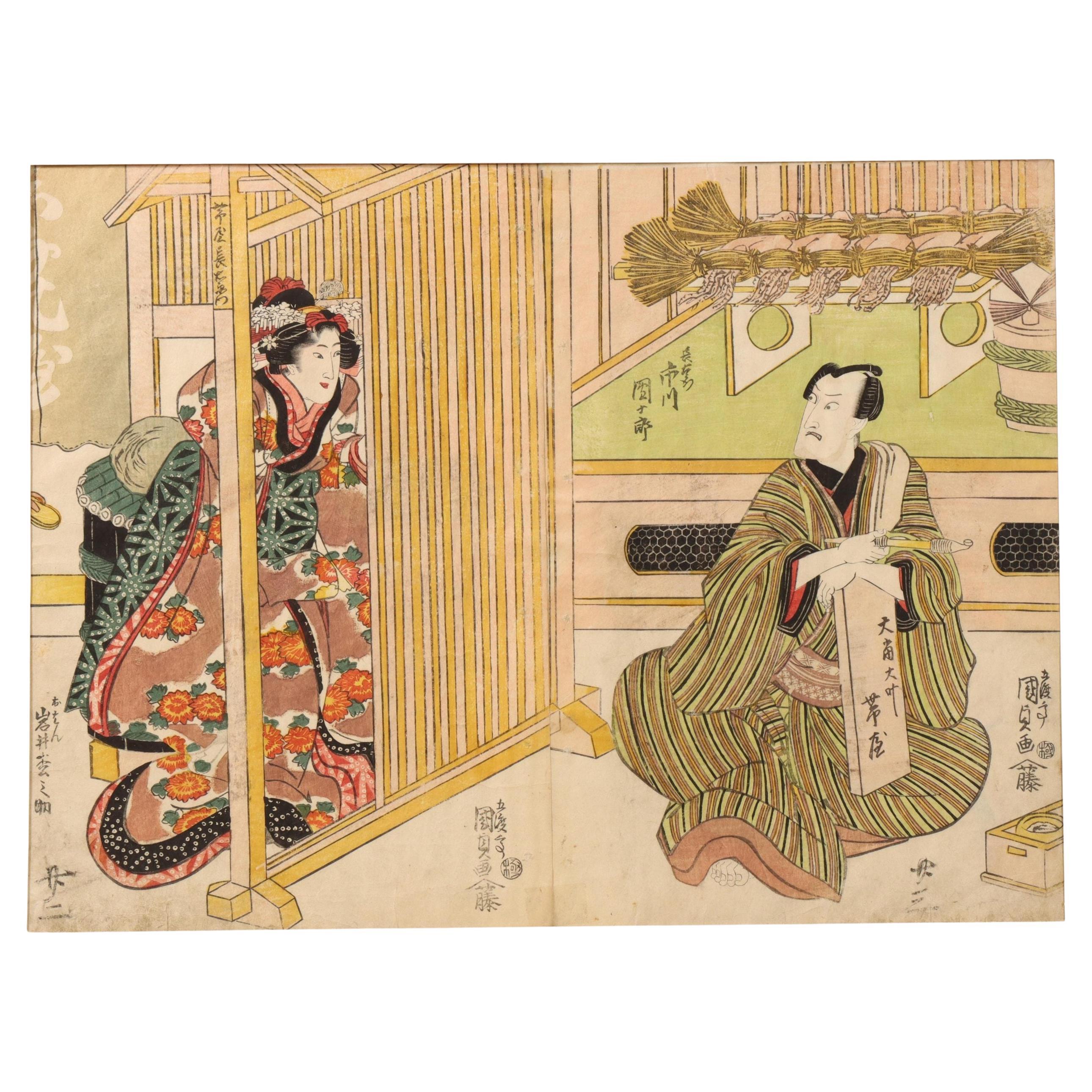
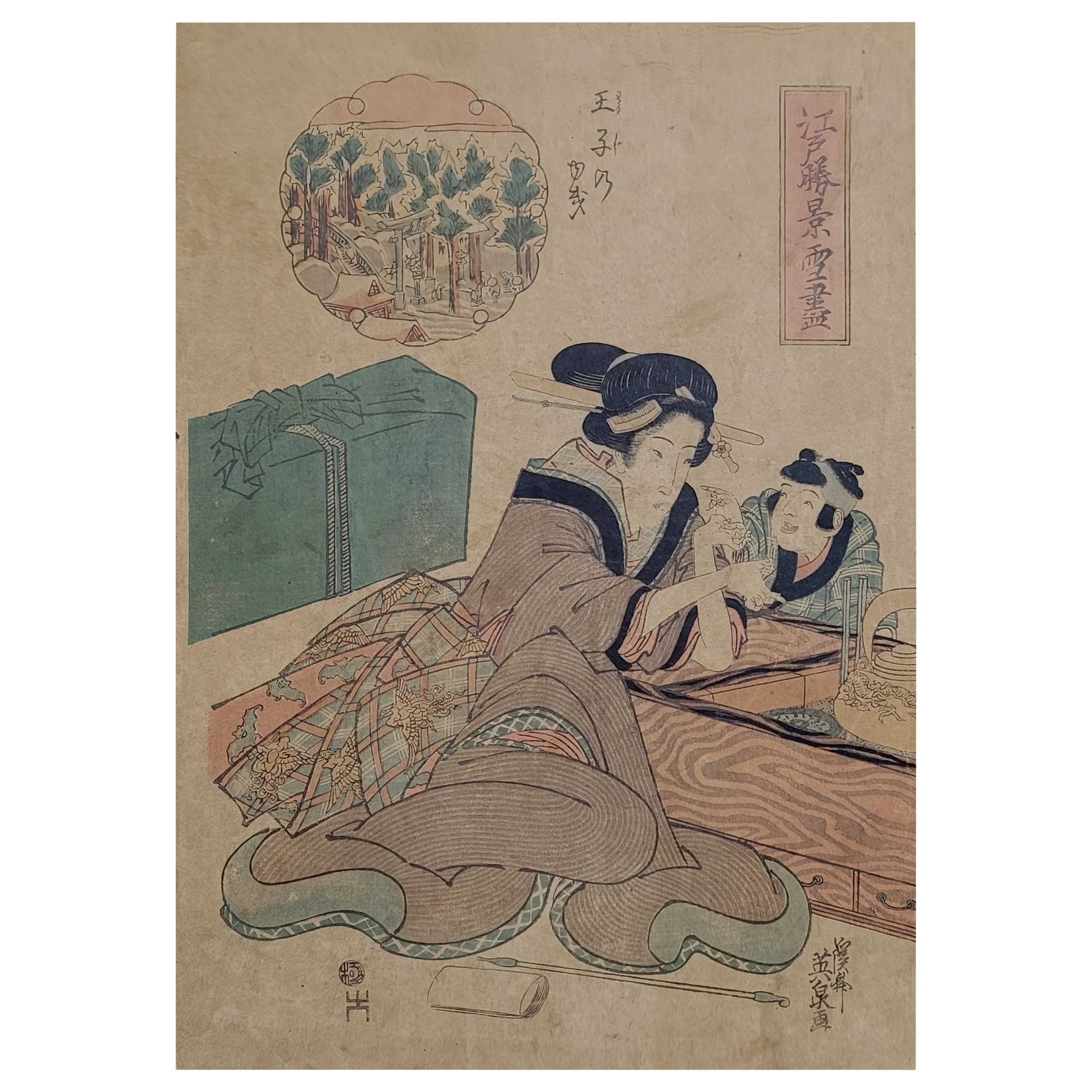
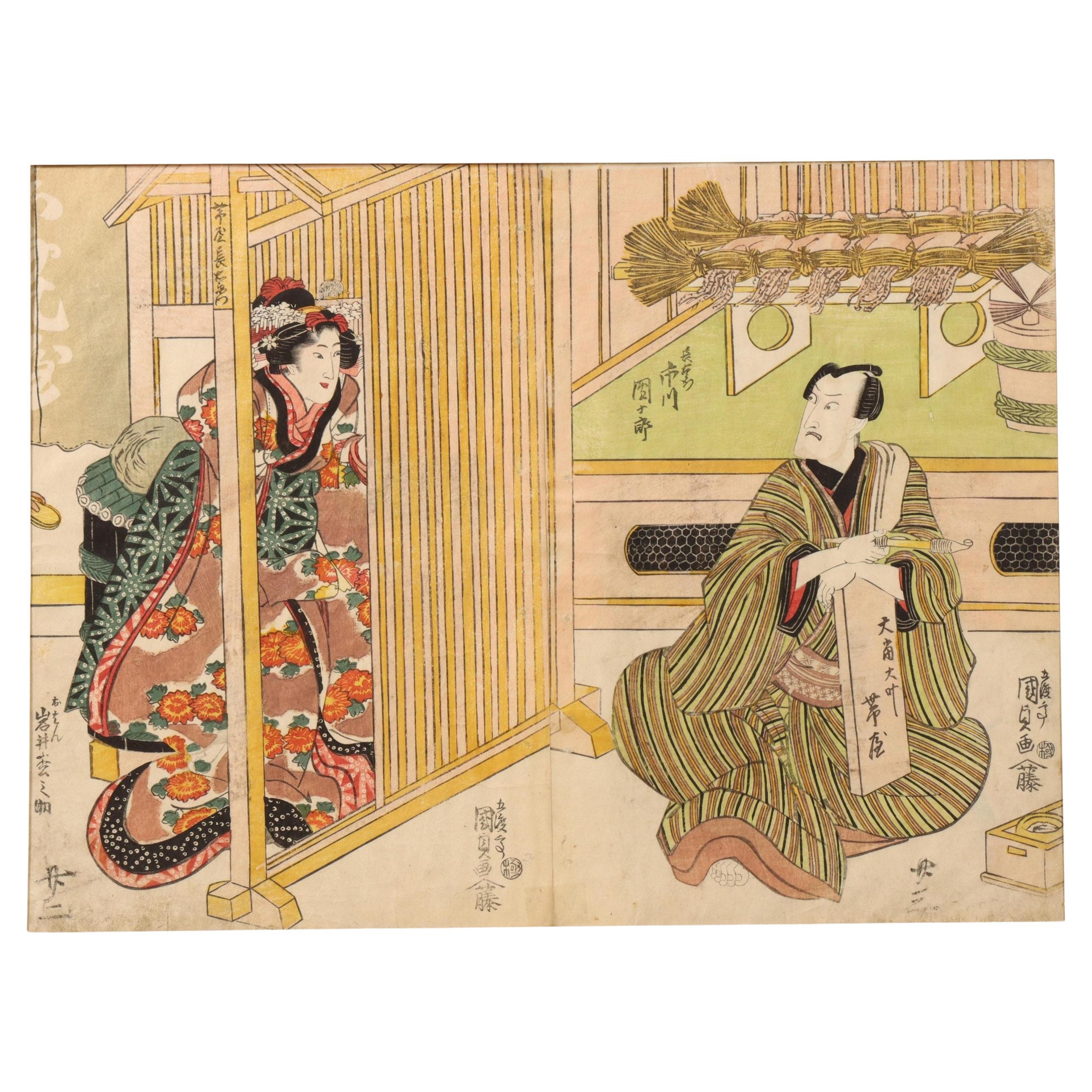
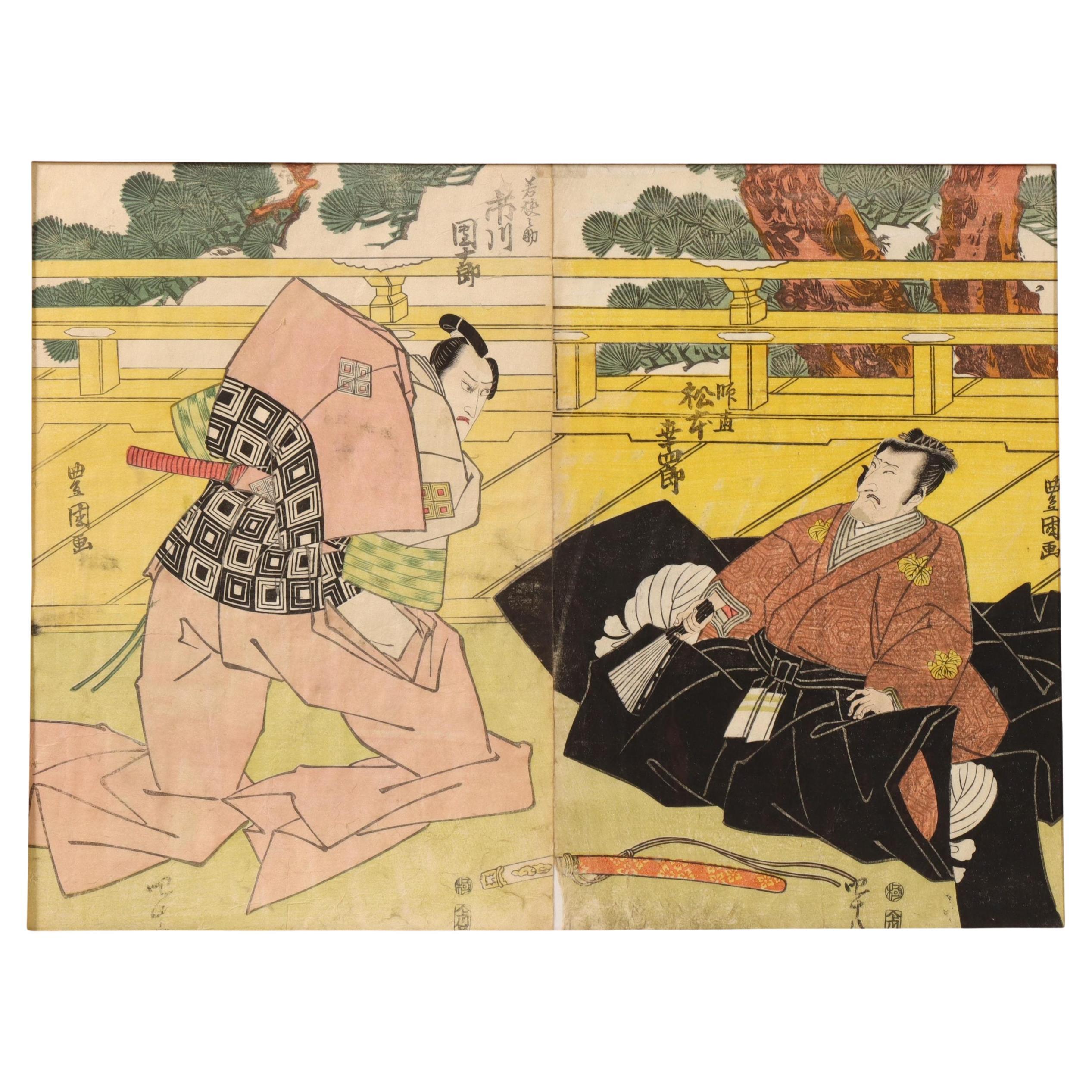
![Japanese Art Yoshitoshi Tsukioka Woodblock print [No6 Yugao Yusuzumi] Ukiyoe](https://a.1stdibscdn.com/japanese-art-yoshitoshi-tsukioka-woodblock-print-no6-yugao-yusuzumi-ukiyoe-for-sale/f_102642/f_458469921752392597881/f_45846992_1752392598198_bg_processed.jpg)
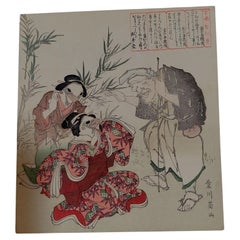
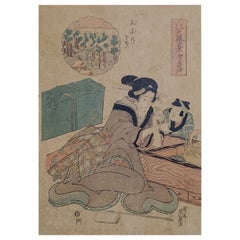
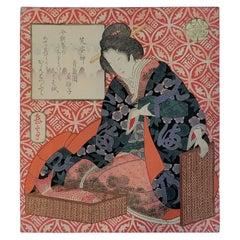
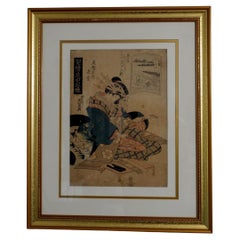
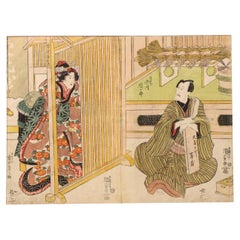
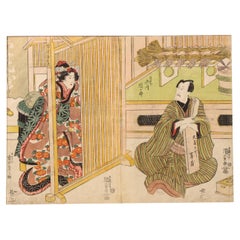
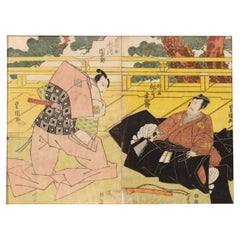
![Japanese Art Yoshitoshi Tsukioka Woodblock print [No6 Yugao Yusuzumi] Ukiyoe](https://a.1stdibscdn.com/japanese-art-yoshitoshi-tsukioka-woodblock-print-no6-yugao-yusuzumi-ukiyoe-for-sale/f_102642/f_458469921752392597881/f_45846992_1752392598198_bg_processed.jpg?width=240)